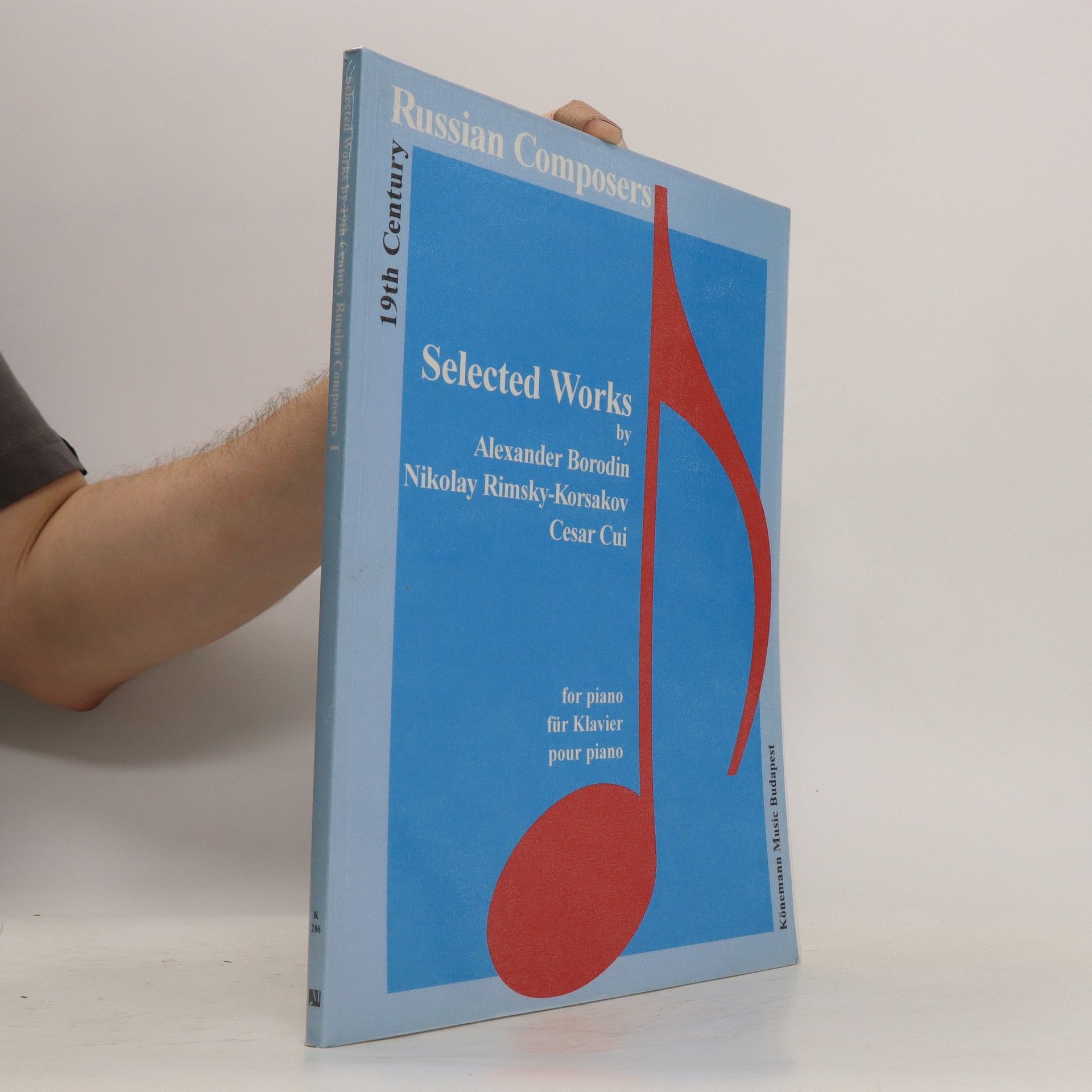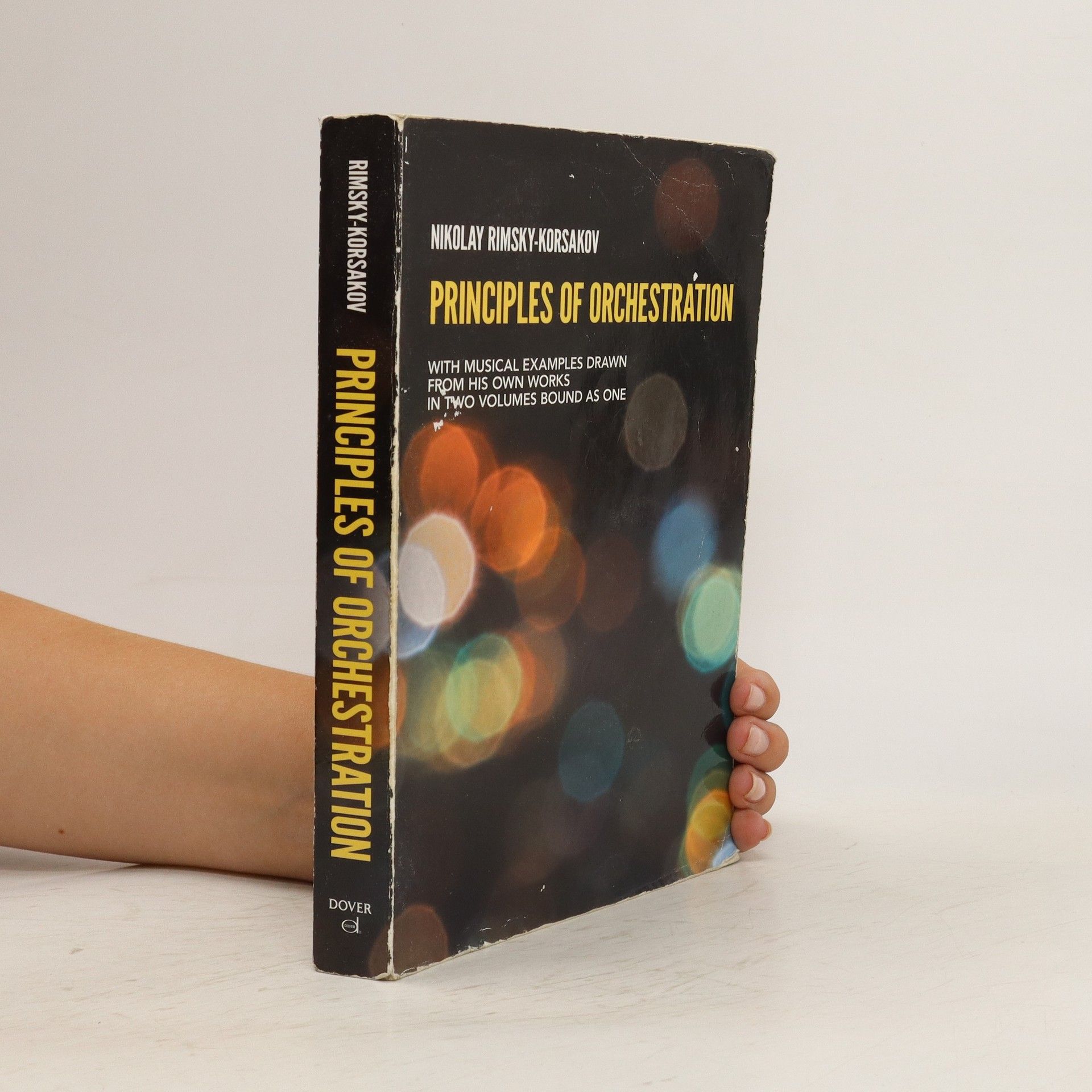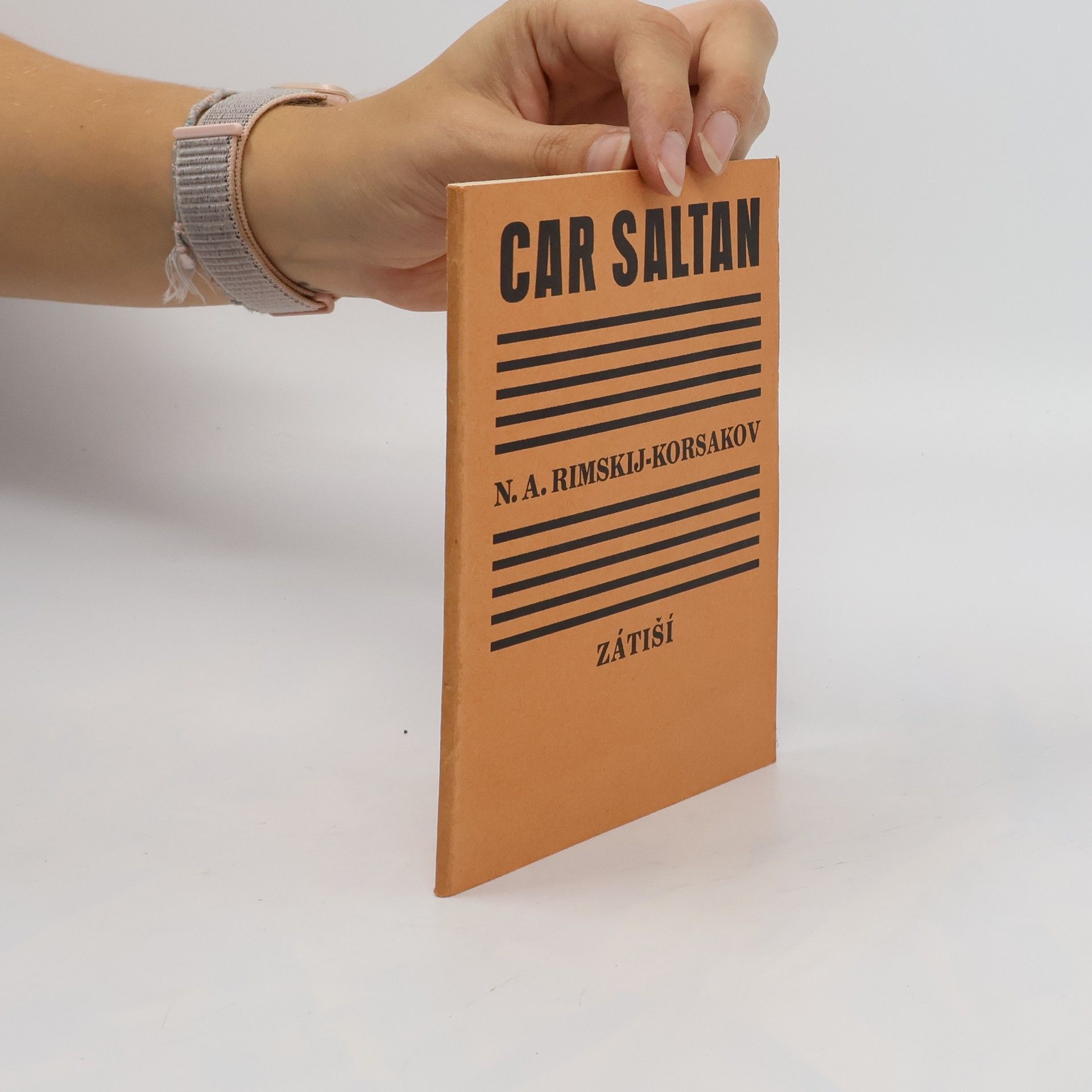In this affordable paperback reprint of an influential work of music theory, Rimsky-Korsakov, the great classical orchestrator, provides fundamentals of tonal resonance, progression of parts, voice and orchestra, tutti effects, and much more. This major document includes 330 pages of musical excerpts and extracts from Rimsky-Korsakov's 1891 draft and final versions of his Preface.
Nikolay Rimsky-Korsakov Libri
Nikolai Rimsky-Korsakov fu un maestro dell'orchestrazione e un sostenitore di uno stile musicale nazionale russo distintivo, ispirato a canti popolari e folklore. Sebbene inizialmente sostenesse uno stile che evitava i metodi compositivi occidentali, in seguito divenne esperto nelle tecniche occidentali dopo essersi unito al conservatorio. Incorporò abilmente elementi armonici e melodici esotici, rivolgendosi frequentemente a temi di fiabe e folklore. Le sue opere, incluse suite sinfoniche e opere, rimangono pietre miliari del repertorio classico.






Original compilation includes the famous orchestral interlude "The Flight of the Bumblebee "as well as the suite from" The Tale of Tsar Saltan." Additional selections include suites from "The Golden Cockerel" and "Christmas Eve" as well as "Dubinushka, " Op. 62, suite; all are reproduced from authoritative sources.
This Concerto by the Russian master is one of the most often performed works in the repertoire for trombonists. This is a revised and edited version making dynamic, articulation and other details more consistent. This is a great piece to feature a member of the ensemble or a guest soloist. (7:10)
Rimsky-Korsakov
- 406pagine
- 15 ore di lettura
Rimsky-Korsakov: Letters to His Family and Friends is a rare, revealing look at the composer, written by his granddaughter Tatiana.
This collection for advanced solo piano contains 30 pieces (individually or in suites) by Alexander Borodin (1833-1877), Nikolay Rimsky-Korsakov (1844-1908), and Cesar Cui (1835-1918), members of the Russian Moguchaya Kuchka ("The Five"). The pieces include Borodin's seven-movement Petite Suite and Scherzo, Rimsky- Korsakov's Six Variations on a Theme by Bach and other works, and Cui's suite In Argentau. One of the main features of this music is its nationalism, drawing on Russian religious and folk music and incorporating the spirit and style of Romanticism.
Das Handbuch von Rimsky-Korsakow bietet eine umfassende Einführung in die Akustik sowie eine detaillierte Klassifikation von Blasinstrumenten. Auf 200 Seiten behandelt der Komponist die Konstruktion und die Fingersätze für verschiedene Flöten, Oboen, Klarinetten und Hörner. Die sorgfältige Handschrift und die fundierte Darstellung machen das Werk zu einer wertvollen Ressource für Musiker und Musikinteressierte, die sich mit den technischen Aspekten der Orchestration auseinandersetzen möchten.
Das Handbuch von Rimsky-Korsakow bietet eine umfassende Einführung in die Akustik sowie eine detaillierte Klassifikation der Blasinstrumente. Es enthält präzise Beschreibungen zur Konstruktion und den Fingersätzen für verschiedene Flöten, Oboen, Klarinetten und Hörner. Mit 200 Seiten in feinster Handschrift aus den Jahren 1873-1874 ist es ein wertvolles Werk für Musiker und Komponisten, das tiefgehende Einblicke in die Orchestration vermittelt.
Pohádka o caru Saltanu, o jeho synovi, slavném a mocném hrdinovi Kvidonovi a o krásné carevně-Labuti
Zpěvohra o čtyřech dějstvích s předehrou, v sedmi obrazech

